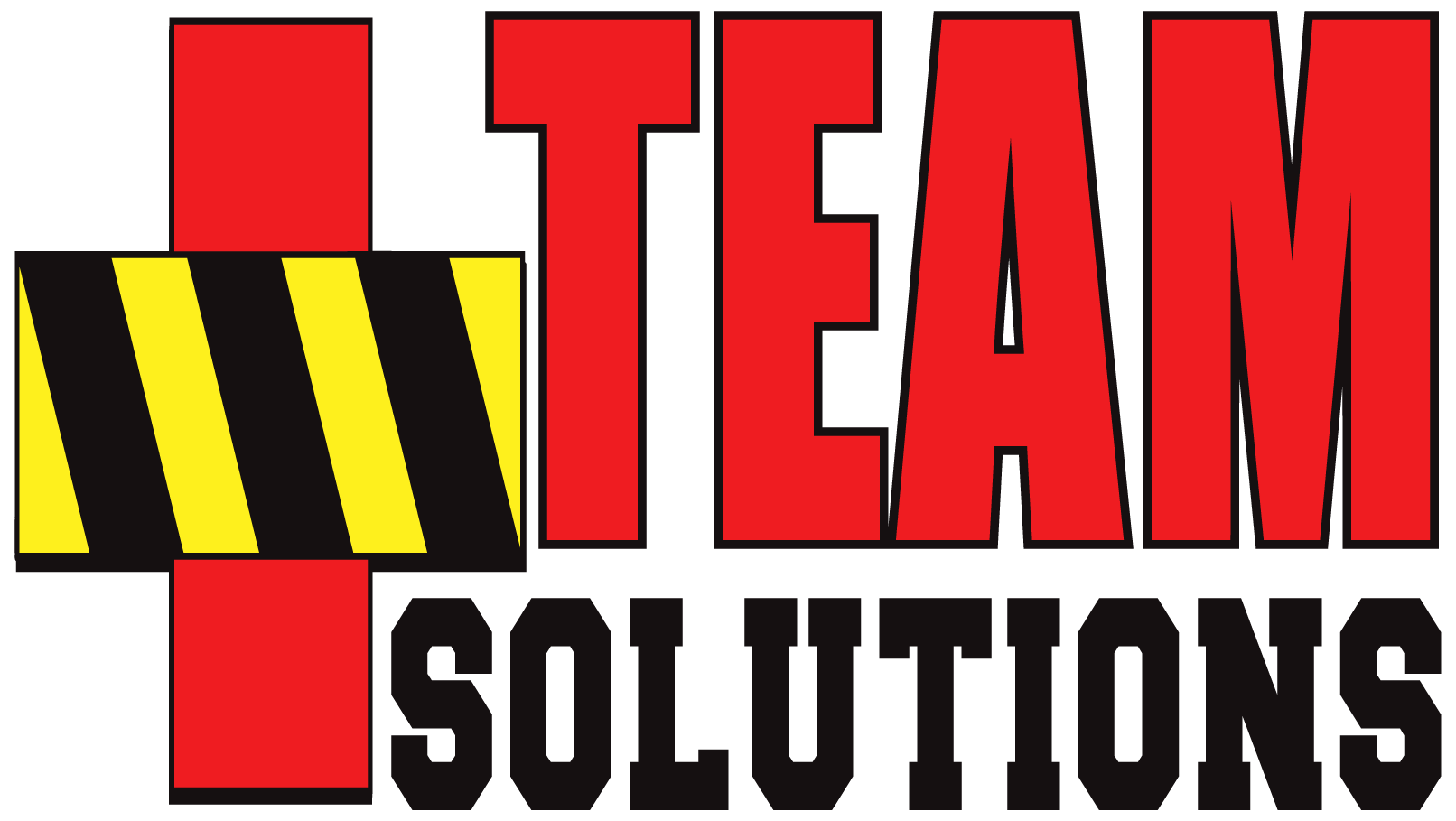If you're a leader in an organization with customers who rely on your communication skills to be successful with your product or service, this message is for you:
Know who is playing in your ballpark!
The old baseball-related idiom refers to the proximity of being correct, being understood, or being accurate.
- If someone is trying to say the word 'Worcestershire Sauce' but instead calls it 'Warcaster Sauce' instead, we might say "well, at least they're in the ballpark".
And within that same ballpark lies the rest of the mushy, mostly correct, mostly understood, and mostly accurate language. In other words, people in that ballpark can still communicate with other people in that ballpark, even with a clunky understanding of what's what.
But, alas, there are other ballparks, too.
- Folks in the other ballparks speak in languages that are not correct, understood, or accurate by most people from the other ballparks.
- Not just because of the words used, but how they are used.
For example ... the 'other' ballparks will speak in industry-specific jargon, tech-speak, or legalese. The words used in these other ballparks may rely on an excessive amount of acronyms, a fat-ton of $12 words, and made-up words to - assumedly - bring some sense to the sense-making.
So, a sentence in some Emergency Management ballparks may sound like this:
"Verify in our EOP and look up in the FAAT book the NIMS definition of an AHJ and a LNO so we are consistent with ICS guidance and so the RESL is directing SOFRs from the PWTF and other MOU resources to either the ICP or the JIC, ASAP."
Unless you spend much time in that ballpark, that sentence will rightfully confuse you, anger you, or at worst, disengage you.
Now, lest you think I am opposing the presence of separate ballparks, I'm not. Lawyers, doctors, emergency managers, technicians, etc. are (or can be) more efficient operationally if they communicate with language common to their craft. As long as everyone receiving the information is conversant - literally - with the language of that specific ballpark.
That's the good news about separate ballparks.
The bad news, as previously demonstrated, is the rapid degradation of comprehension when our language isn't modified to meet the needs of the recipient, not just the needs of the messenger.
Again for emphasis: outbound language must be comprehended by the recipient for communication to have occurred.
The predictable and therefore preventable challenge occurs when someone from one ballpark tries to communicate with someone from another ballpark. #ChaosIncoming #KatieBarTheDoor
Just because it is easy to craft a message that makes perfect sense to everyone in Ballpark A does not mean the same message will make a lick of sense to the folks in Ballpark B.
"The problem with communication is the illusion that is has occurred."
~George Bernard Shaw
Therefore, such messages must be viewed and interpreted through the lens of the recipient before hitting 'send'.
It may not be apparent to site visitors, but there is a robust stack of software used to power my online courses, store, and related user experiences.
As a website DIY-er, I do my best to maintain this software stack when updates are released, bugs are discovered, etc.
- Thankfully, many of the software vendors with whom I do business - and who live in the tech-speak ballpark - understand and accommodate their target market (people who do not speak fluent 'tech').
- We are DIY customers who possess lots of skills suitable for our core business, but only basic technical skill to troubleshoot complex software.
- Therefore, these vendors must modify their tech-speak ballpark guidance with guidance more appropriate for the ballpark where I am.
I'd venture to stay that most of what I've shared today is simply a reminder for most of you; nothing earth-shattering, right?
- Just as we shouldn't go to a foreign land and demand that they speak our language, I think most of us get the importance of communicating to our audience on terms that they understand.
Which is perhaps why it is so perplexing when a company continues to let their tech-writers and software developers write marketing and customer update emails.
"Miscommunication is the number one cause of all problems; communication is your bridge to other people. Without it, there's nothing. So when it's damaged, you have to solve all these problems it creates."
~ Earl Sweatshirt
The irony is that out of the dozens of small and medium sized software companies I use, it is the group of wizards at "the world's most customer-centric company' who repeatedly and consistently send me emails that require a decoder ring to understand.
Which is one reason why I have consistently reduced the amount of business-to-business transactions I conduct with them.
Of course, I'm not so naive to think that one of the world's largest companies gives a hoot about one of their world's smallest customers.
So why bring it up?
- Because someone who isn't the biggest in the world is reading this in the comfort of their ballpark and forgot that other ballparks exist.
- Maybe that person is conjuring up a new project that will require active participation from folks at other ballparks.
- Perhaps that person is flummoxed at why they are not receiving better engagement and interaction 'from the other ballpark'.
As a leader, take a moment before communicating with your vendors, your subordinates, your customers, your allies, your stakeholders, etc. The more technical or industry-specific your message is, consider re-reading it through the eyes of your recipient. Or read it to your kids to see if they understand the message.
And if you want to strengthen the nuances of effective communication, consider my exclusive Communication Workbook series, available in a cost-saving bundle for a limited time.
You've got this. Now play ball!
Want more help?
Click below to see what's included and to stay on the cutting edge with your communication skills. Grab your workbook bundle below.


